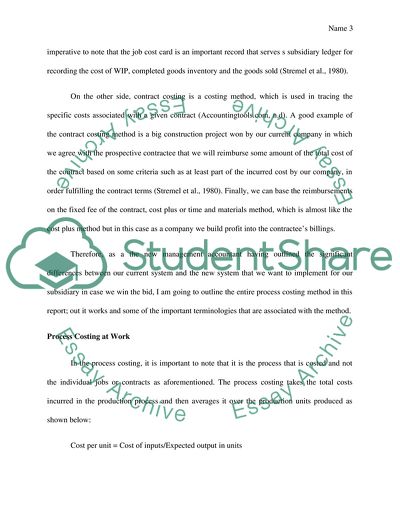Cite this document
(1. Critically analyse the relevance of management accountancy Essay, n.d.)
1. Critically analyse the relevance of management accountancy Essay. https://studentshare.org/finance-accounting/1852027-1-critically-analyse-the-relevance-of-management-accountancy-techniques-to-planning-and-performance-reporting-2-apply-a-range-of-costing-approaches-to-determine-product-and-service-costs
1. Critically analyse the relevance of management accountancy Essay. https://studentshare.org/finance-accounting/1852027-1-critically-analyse-the-relevance-of-management-accountancy-techniques-to-planning-and-performance-reporting-2-apply-a-range-of-costing-approaches-to-determine-product-and-service-costs
(1. Critically Analyse the Relevance of Management Accountancy Essay)
1. Critically Analyse the Relevance of Management Accountancy Essay. https://studentshare.org/finance-accounting/1852027-1-critically-analyse-the-relevance-of-management-accountancy-techniques-to-planning-and-performance-reporting-2-apply-a-range-of-costing-approaches-to-determine-product-and-service-costs.
1. Critically Analyse the Relevance of Management Accountancy Essay. https://studentshare.org/finance-accounting/1852027-1-critically-analyse-the-relevance-of-management-accountancy-techniques-to-planning-and-performance-reporting-2-apply-a-range-of-costing-approaches-to-determine-product-and-service-costs.
“1. Critically Analyse the Relevance of Management Accountancy Essay”. https://studentshare.org/finance-accounting/1852027-1-critically-analyse-the-relevance-of-management-accountancy-techniques-to-planning-and-performance-reporting-2-apply-a-range-of-costing-approaches-to-determine-product-and-service-costs.


